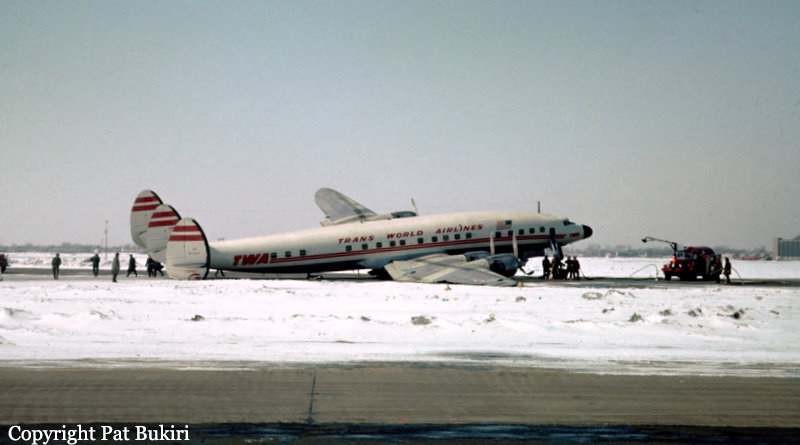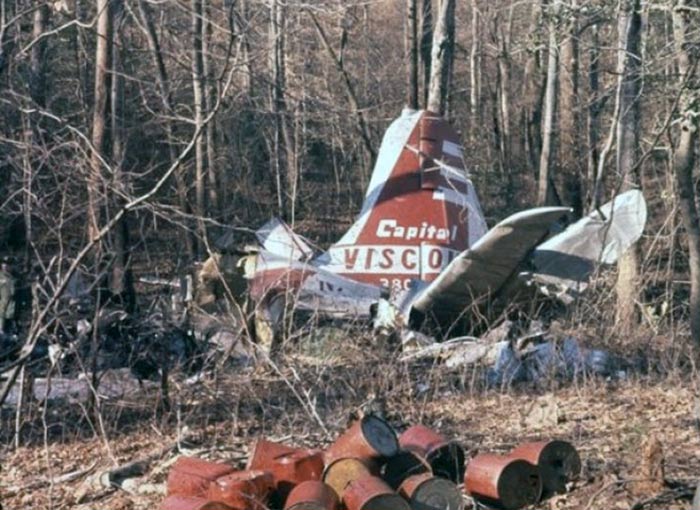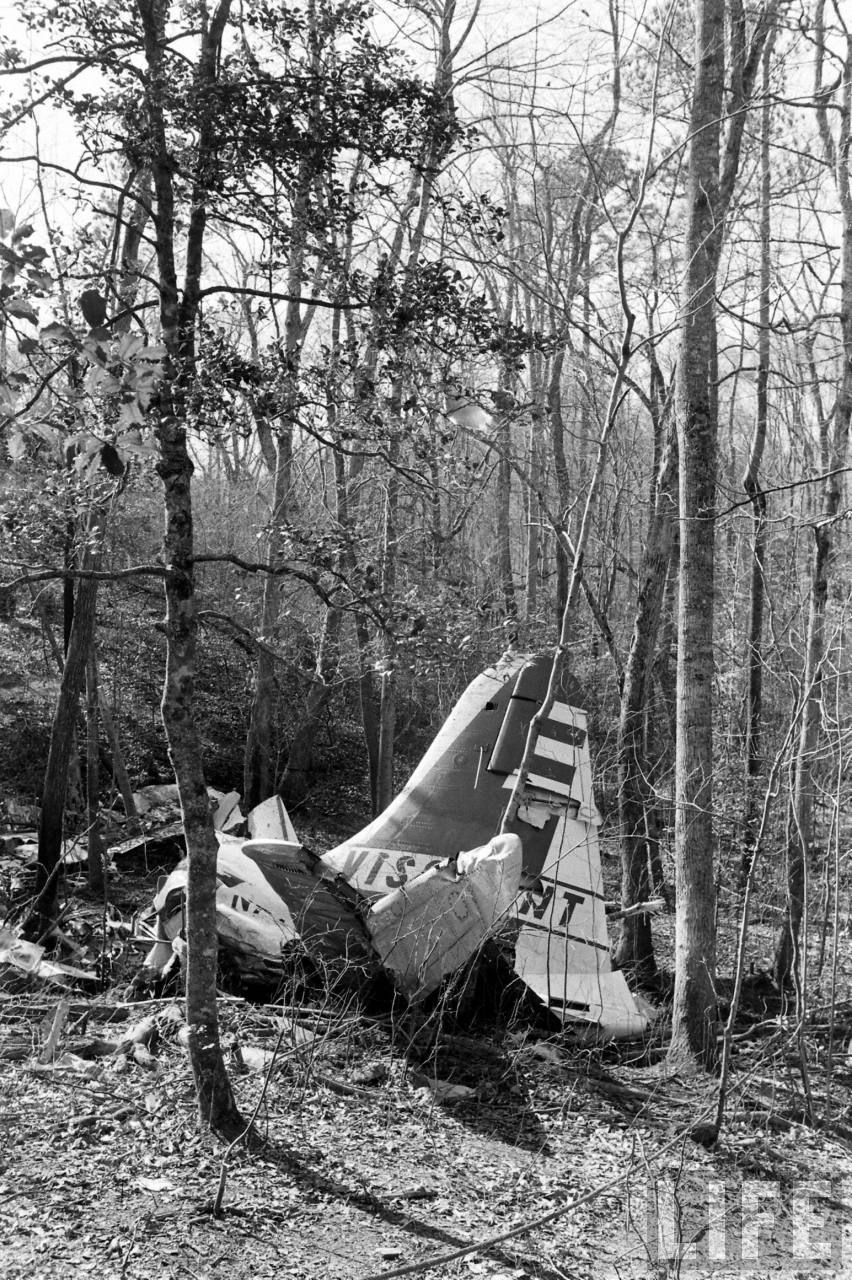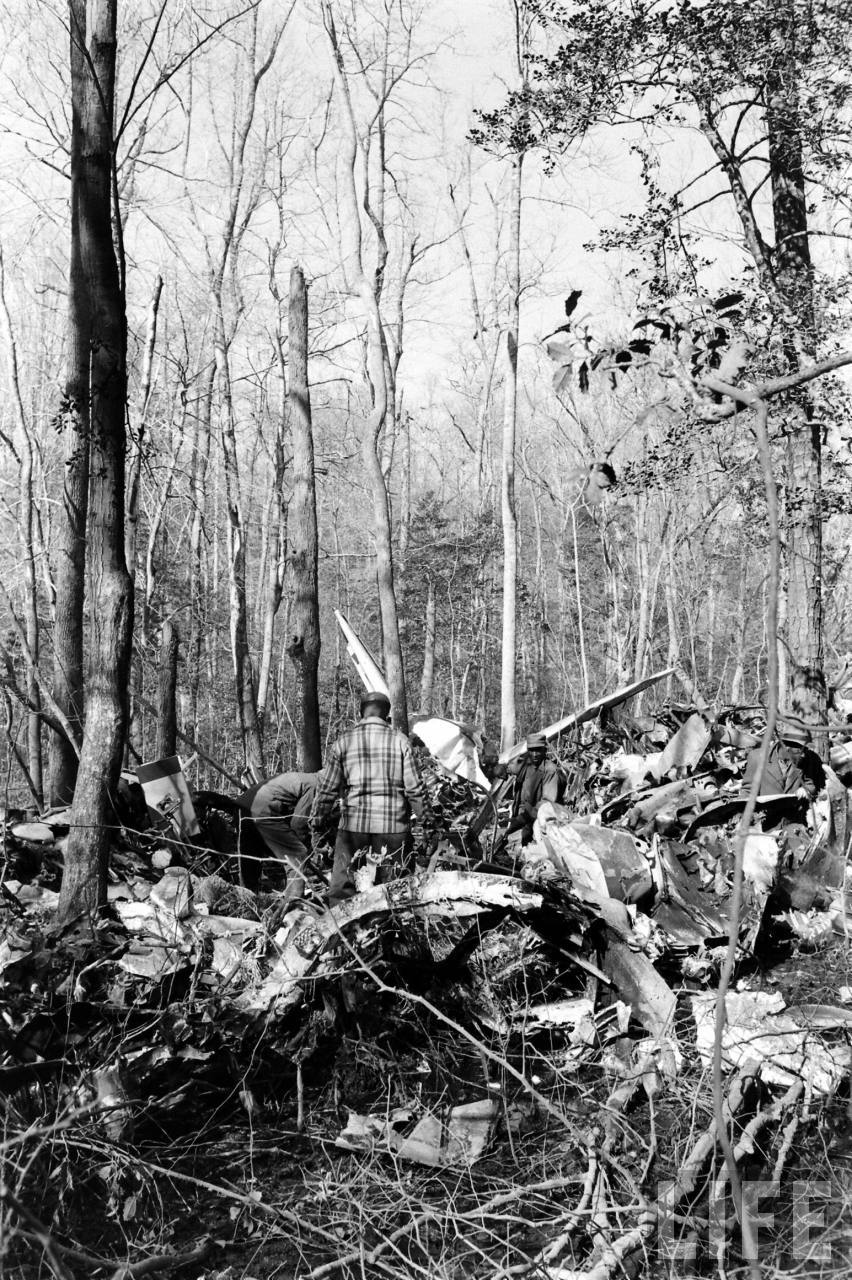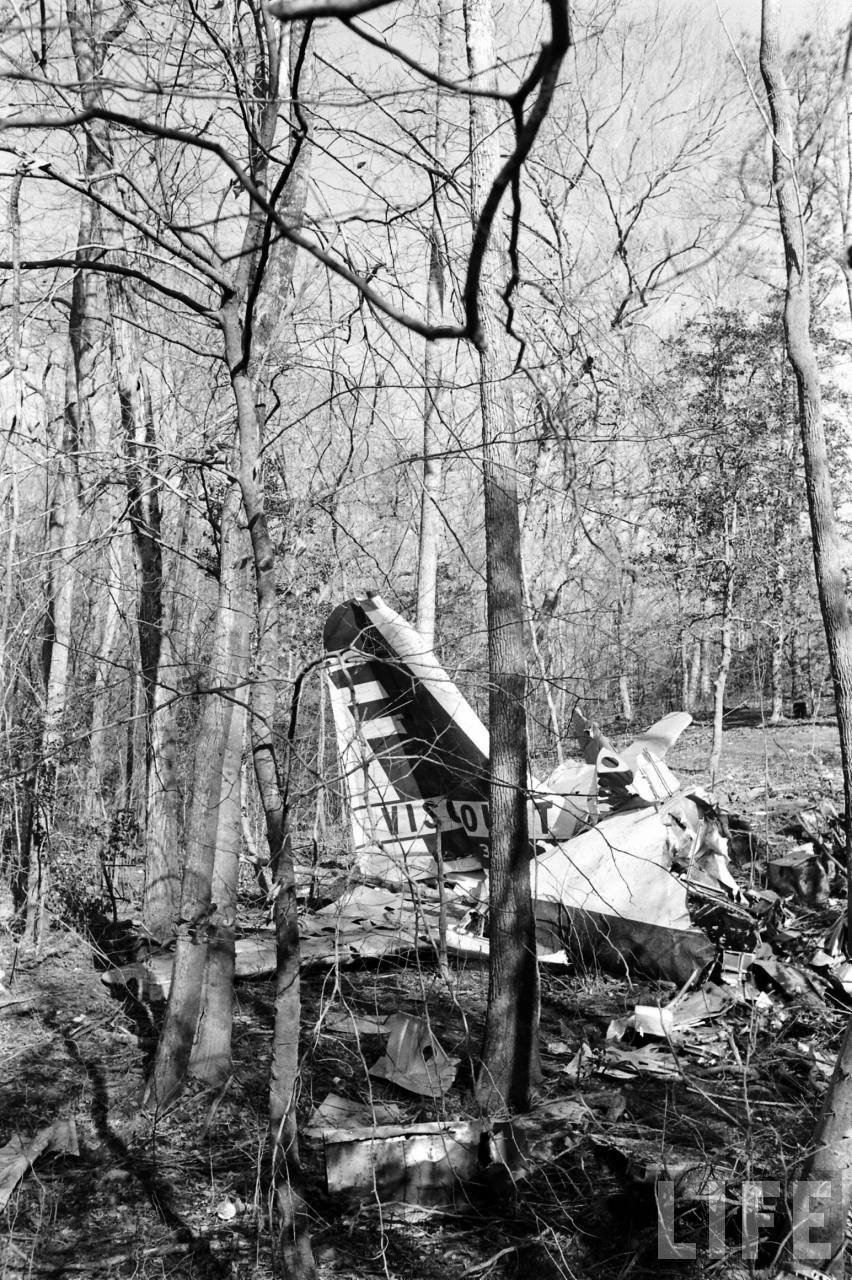Crash of a Boeing KC-135A-BN Stratotanker at Carswell AFB
Date & Time:
Mar 8, 1960 at 2323 LT
Registration:
57-1466
Survivors:
Yes
Schedule:
Carswell - Carswell
MSN:
17537
YOM:
1958
Crew on board:
7
Crew fatalities:
Pax on board:
0
Pax fatalities:
Other fatalities:
Total fatalities:
0
Circumstances:
The crew was returning to his base at Carswell following a refueling mission. The approach was completed in low visibility due to the night and foggy conditions. On final, the airplane was too low and struck the ground one mile short of runway. It bounced, struck successively power cables and the roof of a building before crashing short of runway threshold. All seven crew members were injured and the aircraft was destroyed.
Probable cause:
For unknown reason, the crew continued the approach at an insufficient altitude.




